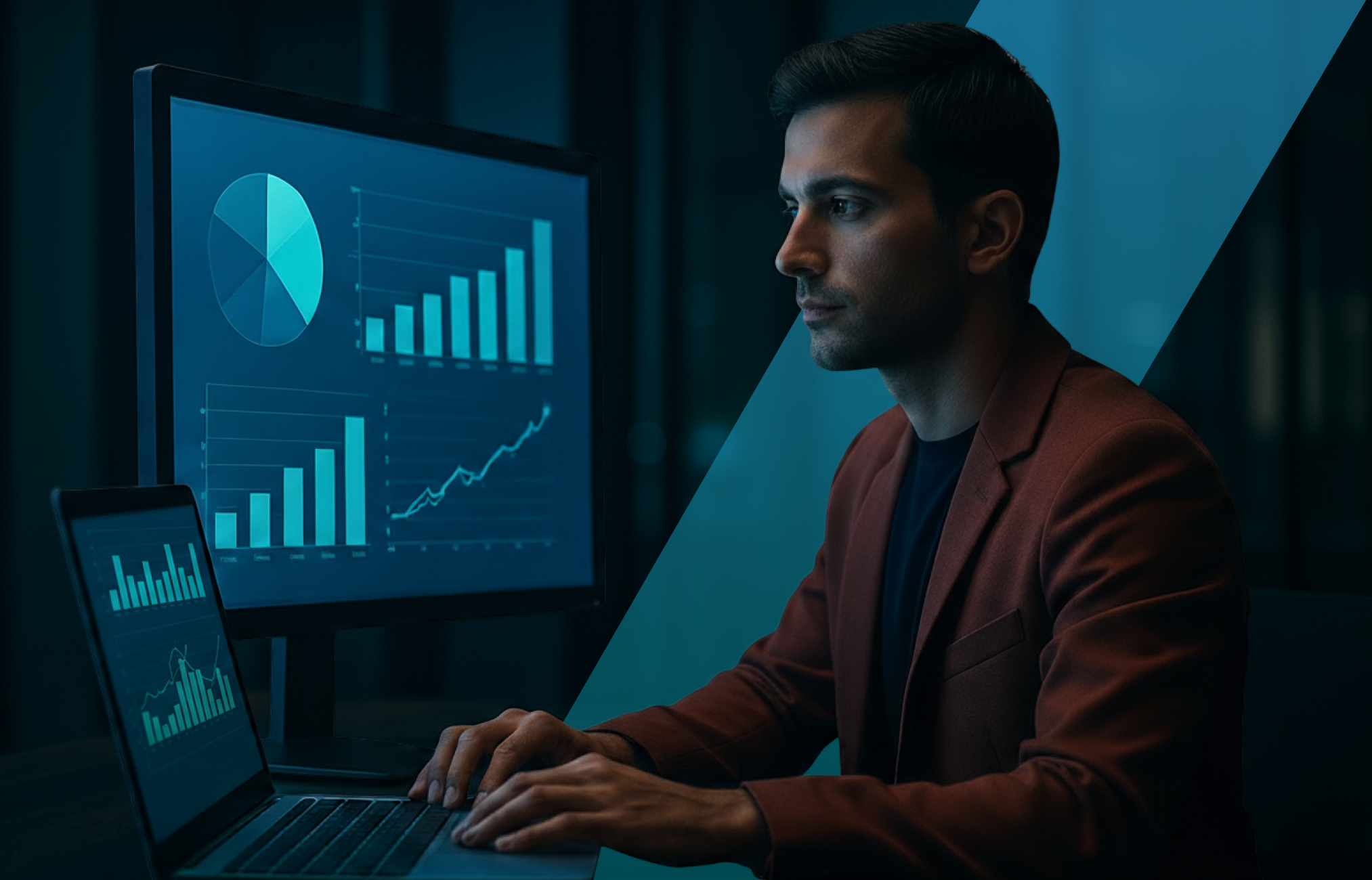

The energy sector confronts an unprecedented convergence of challenges. Tariffs are reshaping global trade flows, geopolitical tensions are fragmenting traditional supply chains, and companies that once relied on just-in-time delivery models are scrambling to build resilience into their operations. Simultaneously, artificial intelligence has emerged as the most powerful tool for navigating this complexity, but only for organizations bold enough to move beyond traditional approaches.
During our recent webinar, industry expert Al Lindseth (Principal at CI5O Advisory Services LLC) painted a stark picture of the current reality:
"During COVID, supply chain risk became the top priority for CEOs because the entire world as we knew it flipped on its head. Now we face tariffs, and companies are confronting a massive ecosystem that traditional supply chain groups were never designed to handle."
The Scale of the Challenge
The numbers alone illustrate the complexity of modern supply chains. Consider a typical automotive supplier managing 250 Tier 1 suppliers and 20,000 Tier 2 suppliers. These secondary suppliers operate outside direct control and visibility, yet they can halt entire operations when disrupted.
Energy companies face similar challenges with even higher stakes. When a refinery's supply chain fails, the consequences extend beyond production delays to energy security, economic stability, and in some cases, national security.
"Traditional supply chain systems were highly transactional and poorly equipped to handle risk," Lindseth explains. "Companies had to cobble together risk assessment in spreadsheets between systems. Supply chain groups focused on keeping direct costs low while trying to manage as much spend as possible with minimal staff."
This lean approach worked in a stable, predictable world. It fails catastrophically in our current environment of trade wars, pandemic disruptions, and geopolitical realignments.
This is where AI comes to the rescue.
The AI Revolution in Supply Chain Management
Artificial intelligence is transforming how companies approach supply chain resilience, moving from reactive firefighting to predictive intelligence. The technology enables what Lindseth calls "health-like metrics" for supply chain monitoring. This approach resembles a heart monitor that watches for anomalies across a vast ecosystem.
1. From Reactive to Predictive
Traditional supply chain management was essentially archaeological, examining what happened after the fact. Modern AI systems reverse this model, providing continuous monitoring and early warning systems that can spot disruptions before they cascade through the network.
"You're looking for the blip, just like with a heart monitor," Lindseth notes. "Then you dig deeper into it because you can cover far more ground than before."
This transformation is enabled by dramatically improved data quality. Weather data, default potential data, and geopolitical risk indicators now feed into AI models that can simulate thousands of scenarios and recommend contingency plans in real-time.
2. Scenario Analysis and Contingency Planning
The most sophisticated AI applications in supply chain management focus on scenario analysis and contingency planning. Instead of managing supply chains as linear processes, AI treats them as complex adaptive systems requiring constant adjustment.
Companies now run continuous simulations asking: "What if a 15% tariff affects our primary steel suppliers? What if political tensions escalate in a specific region? What if a key shipping route becomes unavailable?"
These scenarios are not hypothetical exercises. As industry veteran Anup Sharma (ASynapse, Founder And CEO) observed,
"Any company experiencing the pressures of tariffs and supply risk can leverage the data machine effectively. This is where you can remove significant non-value-added work from people's responsibilities."
The New Supply Chain Architecture
Building AI-powered supply chain resilience requires rethinking fundamental assumptions about supply chain operations.
1. Beyond Tier 1 Visibility
Traditional supply chain management focused heavily on Tier 1 suppliers, the companies with direct contractual relationships. However, recent disruptions have revealed that real risks often lurk in Tier 2 and Tier 3 suppliers that most companies cannot identify, let alone monitor.
AI transforms this dynamic by creating deep visibility into supplier networks. Machine learning algorithms can map complex supplier relationships, identify critical dependencies, and highlight potential failure points that human analysts would never detect.
2. Dynamic Risk Assessment
Static risk assessments updated quarterly or annually are artifacts of a slower world. Modern supply chains require dynamic risk assessment that updates continuously based on changing conditions.
AI systems now monitor thousands of risk indicators simultaneously:
- Geopolitical stability indices
- Weather patterns affecting key regions
- Economic indicators in supplier countries
- Transportation network disruptions
- Regulatory changes and trade policy shifts
- Supplier financial health metrics
3. Automated Response Systems
The most advanced implementations extend beyond detection to automated response. When AI systems identify potential disruptions, they can automatically trigger contingency plans:
- Shifting orders to alternative suppliers
- Adjusting inventory levels in high-risk regions
- Rerouting shipments through safer corridors
- Activating backup production capacity
Building Your AI-Powered Supply Chain Strategy
Leading energy companies are already demonstrating AI-driven supply chain resilience by treating supply chains as strategic capabilities rather than cost centers. They invest in data infrastructure, build cross-functional teams, and focus on high-impact use cases that deliver quick wins.
However, the biggest risk is not moving too fast with AI but moving too slowly.
"The real risk is inaction,"
as one webinar participant noted.
While companies debate, competitors are already leveraging AI capabilities. The energy sector's traditional conservatism becomes dangerous when it prevents adaptation to new realities.
The implementation path is straightforward:
- Assess your current supplier visibility beyond Tier 1
- Invest in data integration systems
- Start with pilot projects in high-impact areas
- Build internal AI capabilities
- And, design for scale from the beginning.
Companies that move decisively will gain significant competitive advantages, while those that delay risk disruption.
The Strategic Imperative
The convergence of geopolitical instability, technological capability, and economic pressure creates a unique moment for energy companies. Organizations that move decisively to build AI-powered supply chain resilience will gain significant competitive advantages. Those that delay risk being disrupted by more agile competitors or blindsided by supply chain failures they could have prevented.
As supply chain expert Al Lindseth concludes:
"We operate in a lagging market, but the attackers are not lagging, foreign nationals are not lagging, and a small subset of companies that will disrupt their competition are not lagging either."
The question is not whether AI will transform supply chain management in the energy sector. The question is whether your company will lead that transformation or be disrupted by it.
The technology exists. The business case is clear. The only remaining question is: Will you act before your competitors do?
This analysis is based on insights from industry experts with decades of experience in energy sector supply chain management and AI implementation. For more insights on AI transformation in energy, visit the full webinar by clicking here.
Transform Your Ideas into Powerful Digital Solutions

























.svg)




















